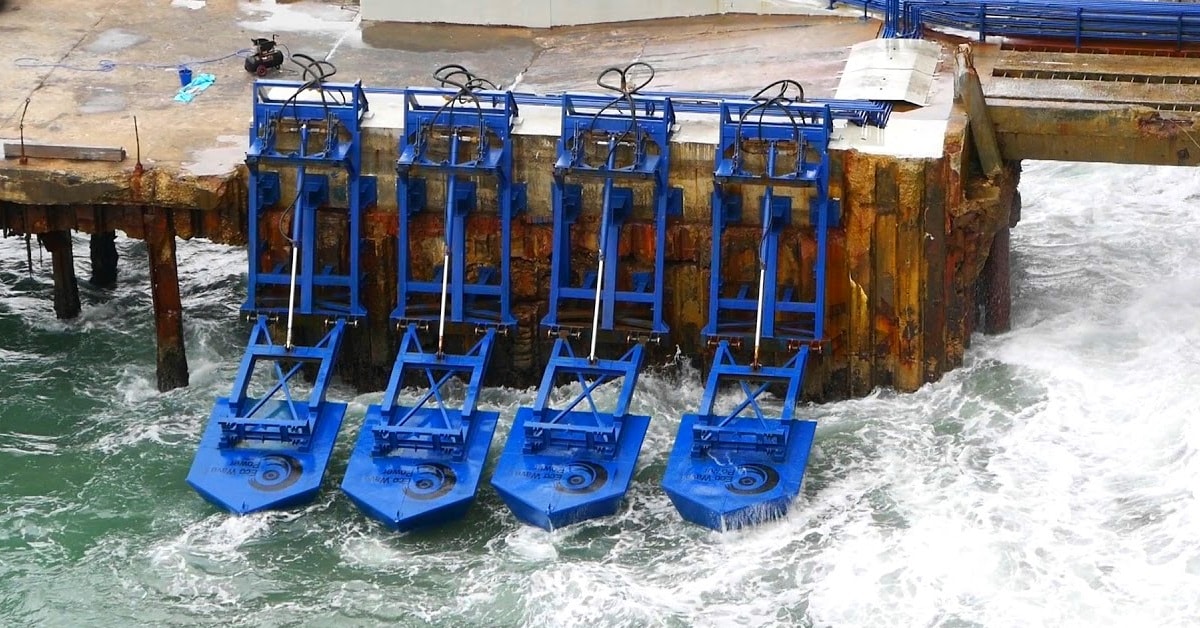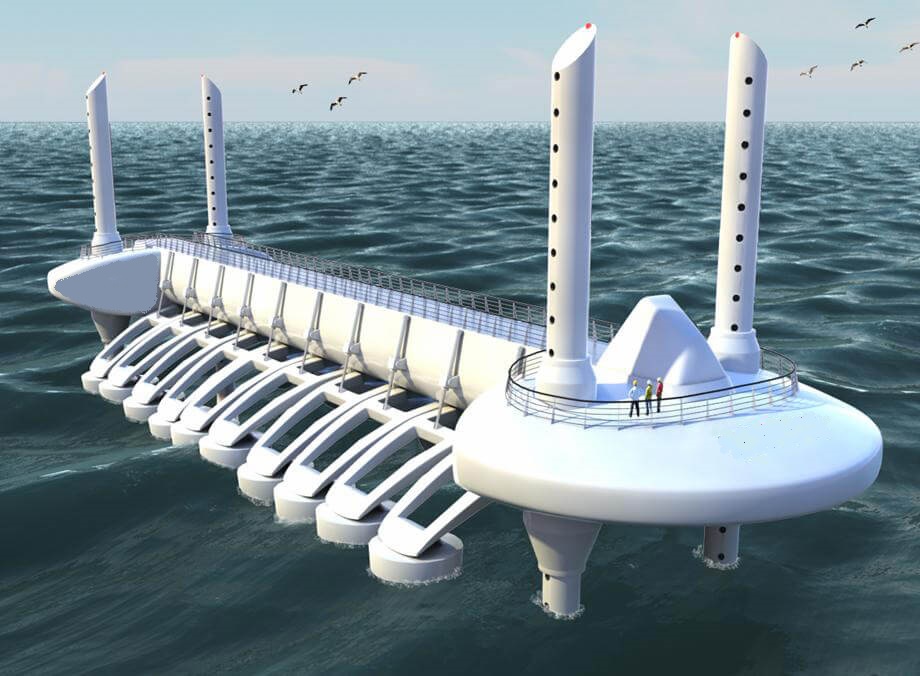The generation of renewable electricity starting from the waves of the sea is possible through sustainable work by hydraulic platforms. The idea is to capture the energy of the thrust of the waves through floats, which are connected directly to a lever that is free to swing downwards and upwards. The movement is then exploited by a hydraulic cylinder which, just as a pump would, shoots the oil at a very high pressure towards an electric current generator. The stronger and more frequent the waves, the higher the oil pressure and therefore the electricity generated.

Numerous studies have been carried out and the prototypes carried out, including Italian ones, but to date only the Wave Star (Danish) platforms are operational and are producing electricity at full capacity. These are not technical impediments, the system is very simple, rather we are talking about bureaucracy and economic interests opposed to the development of totally sustainable technology. In fact, the technology is based on implants positioned orthogonally with respect to the movement of the wave mode. Since the floats are in contact with the water in a staggered way, the period of non-oscillation of a single lever is covered by the production period of a second float, so as to have a platform that is constantly running.

To guarantee the platforms a long life and continuous efficiency, they have been equipped with a special protection system: in the event that, due to a storm, the sea should be too rough, the floats are in fact hoisted well above above wave motion: “energy from wave motion will play a crucial role in ensuring an adequate supply of energy to the world, but only machines that can withstand the strongest marine storms will be able to survive in the waves for a long time”.

This technology has so far been developed with the aim of creating power plants located approximately 300 meters from the shore and accessible by pontoons. The idea of Octopus is to create systems of reduced dimensions to be installed along the external works and the breakwaters of the ports. The presence of these infrastructures along the coasts is remarkable, think of the commercial or tourist ports, also considering the high energy consumption they need, a solution of this type is decisive both to reduce management costs and to meet needs energy of neighboring municipalities with a totally sustainable system.

“We want to give energy to a new way of thinking, by designing clean and elegant solutions, capable of satisfying energy needs while protecting the Earth”.
